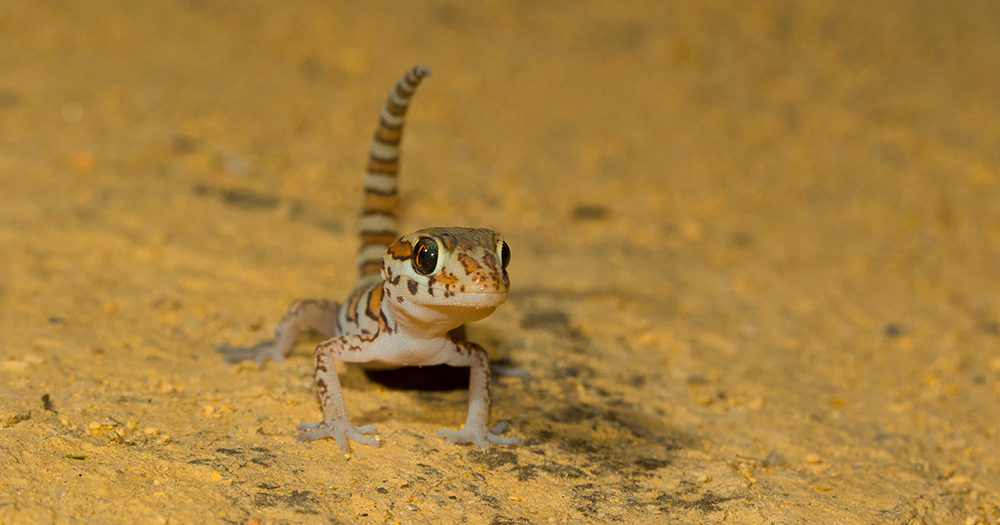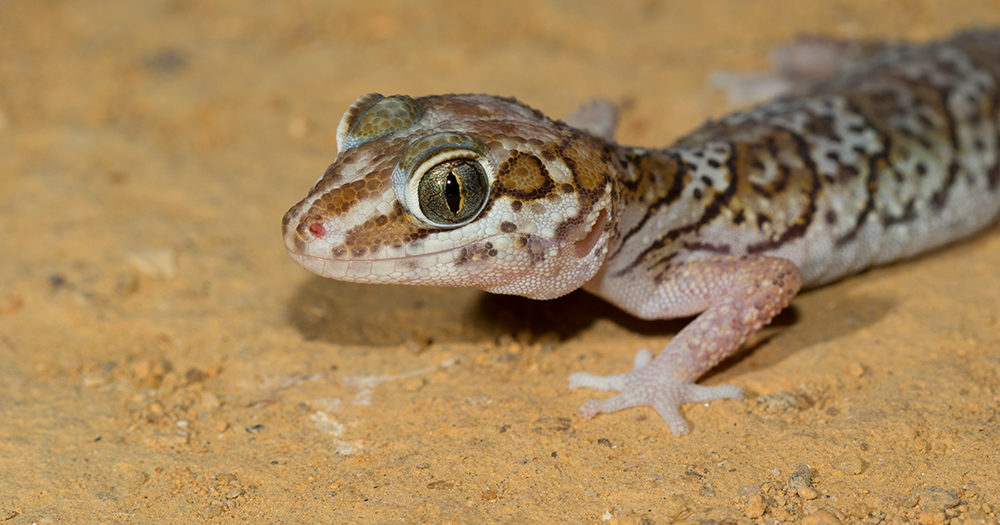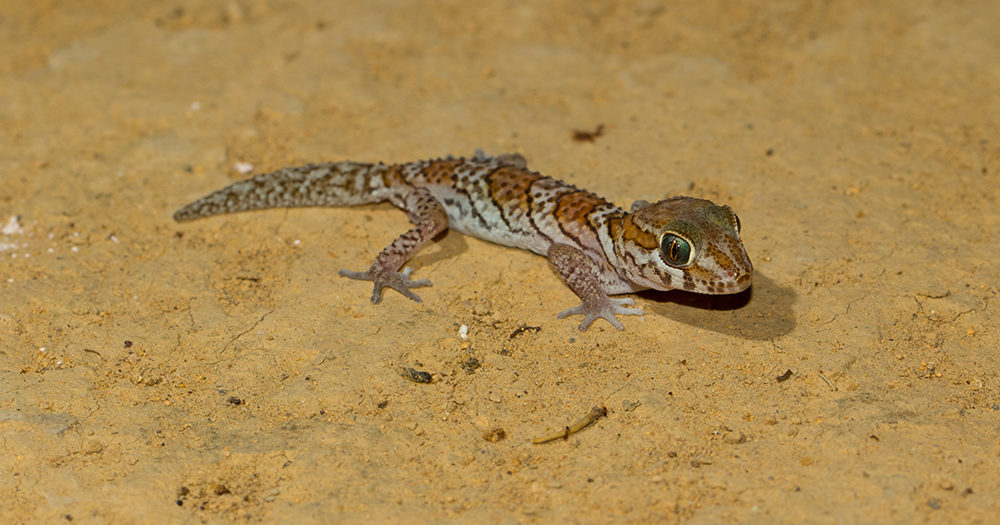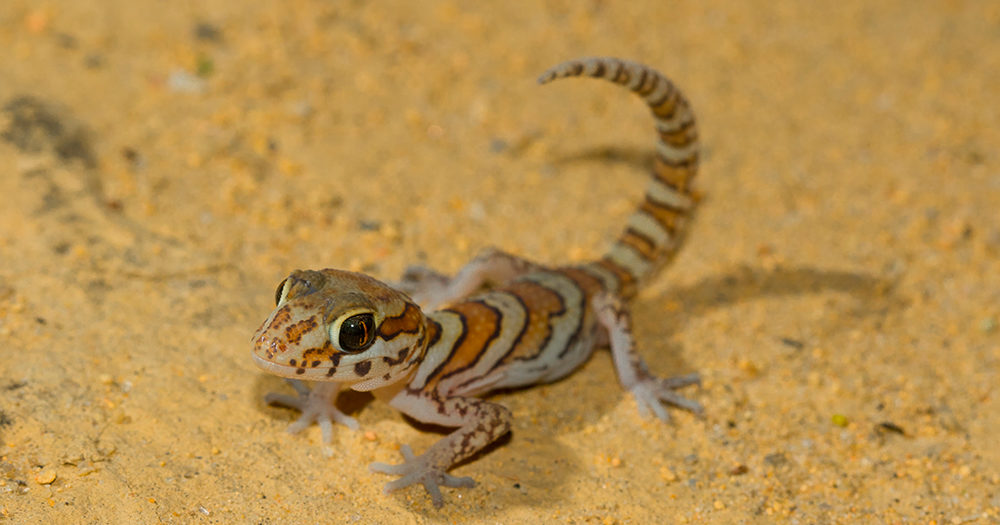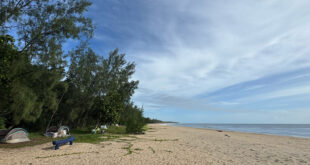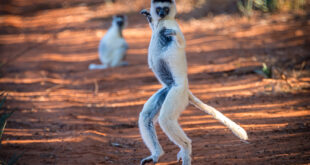The hot south is the home of a small and very pretty gecko, the Madagascar Ground Gecko (Paroedura picta). It inhabits spiny and dry forests around Toliara (French: Tuléar) down to the bay of St. Augustin. The somewhat wetter valley along the river Onilahy is also populated. Even further south the species occurs as far as Berenty and Amboasary Sud and Tsimanampetsotsa. Along the southwest coast north of Toliara, the distribution range extends over the bay of Ranobe to Kirindy in western Madagascar. As one of the few species of the genus Paroedura, this Ground Gecko does not climb but moves almost exclusively on the ground. Sandy spiny forests are its preferred habitat.
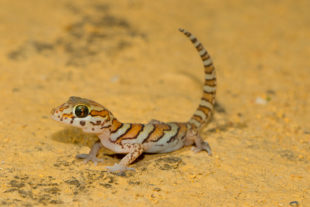
Paroedura picta is exclusively nocturnal. During the day the approximately 15 cm tall geckos rest well hidden under stones or dead wood. They are then easy prey for day-active animals looking for a gecko meal. The predators of Paroedura picta are snakes like the Common Big-Eyed Snake, but also birds like the Crested Coua. Especially young animals are often victims of other geckos, be it the same species or another, larger growing species of gecko. If a Paroedura picta notices its enemy early enough, the small gecko will threateningly set its tail over its body. Almost like a scorpion! If this gesture is of no use, it can still shed its tail and distract the enemy while the gecko itself disappears. The tail grows back later.
With the rainy season starting at the end of November comes the best time for the Madagascar Ground Geckos in southern Madagascar. The supply of insects is now increasing every day. The best opportunity to reproduce! Males and females meet only for mating. After only two to three weeks, the female lays two white, spherical eggs. In every rainy season, the female produces several fertilized clutches – sometimes with and sometimes without mating with a male. After almost two months the young animals hatch and thanks to the rainy season they find a rich buffet. Paroedura picta is not a fare dodger. Every insect that fits into the mouth is eaten. The hungry geckos do not even shy away from poisonous centipedes.
As soon as the dry season sets in at the end of March, the breeding season of the large head geckos ends. The young geckos of the previous rainy season must now prove that they are already strong enough to survive for many months on very little food. In the next rainy season, they will provide for their own offspring. Under favorable conditions, the geckos can live to be about ten years old.
If you want to experience the beautiful geckos in the wild, you should visit the Arboretum Antsokay, the Berenty Reserve or the Tsimanampetsotsa National Park. There you will find the small reptiles regularly on the ground, especially during the rainy season.
 MADAMAGAZINE Your Magazine about Madagascar
MADAMAGAZINE Your Magazine about Madagascar
